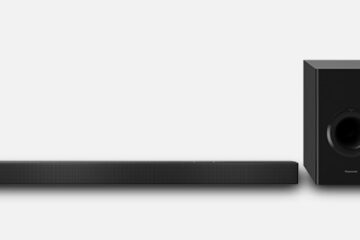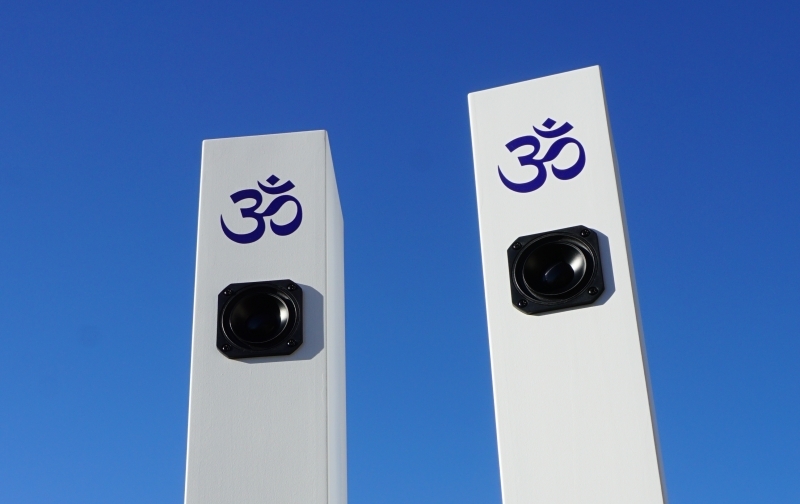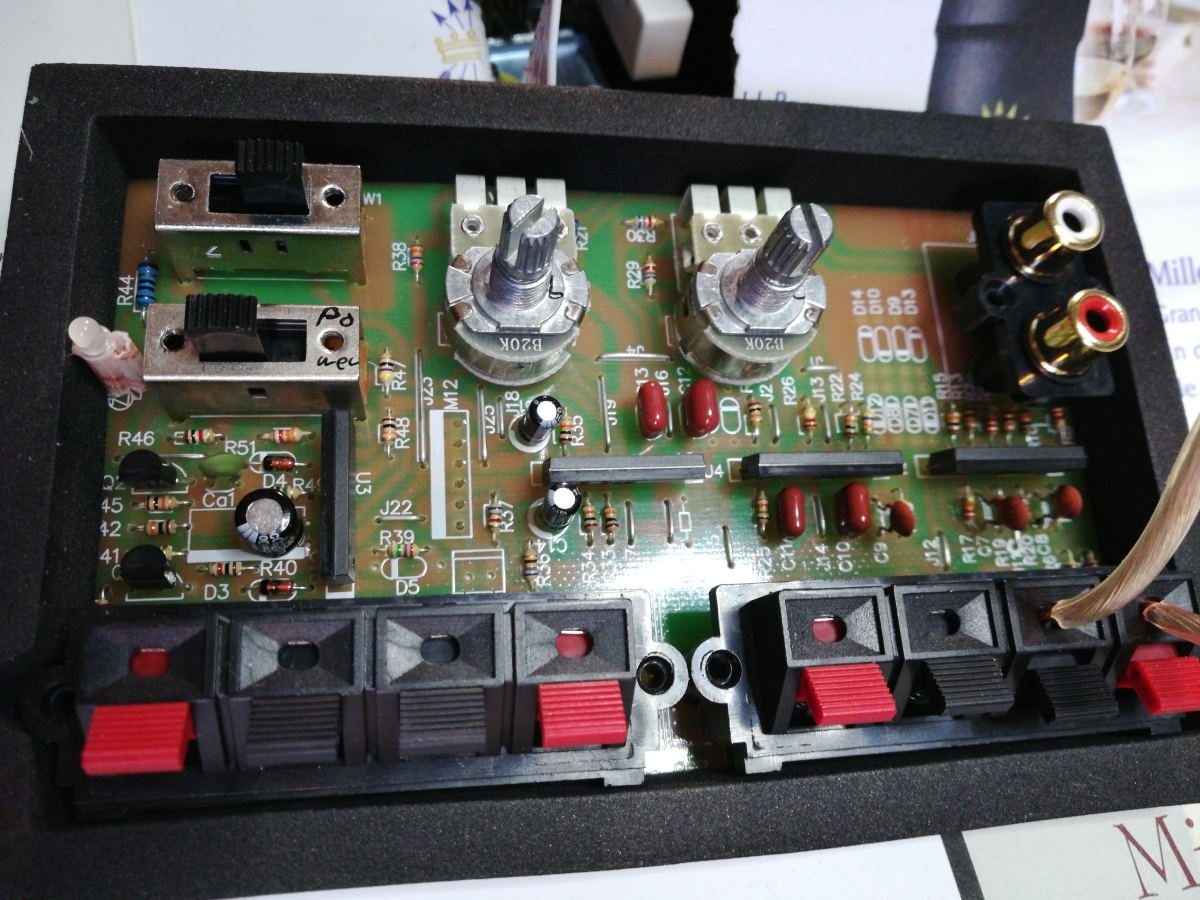Understanding wattage for the amplifiers
Article by Paul Joppa, Bottlehead:
- Most ordinary solid-state amplifiers put out more than enough power for most ordinary speakers.
- Single-Ended Tube amplifiers need high efficiency speakers to attain the loudness most audiophiles want.
Over the years, I have tried to gather enough data to make those vague rules more specific. It is complicated by the notion of headroom. Loudness is measured typically as a short-term average, over something like 1⁄4 second. But the instantaneous peak power, for example hitting a drum, or the initial impulse of a guitar or piano, is much greater. For well-recorded music, the initial impulses are about 25 times more power than the peak you see on the loudness meter. That’s about 14dB headroom. So if you listen at a level that gives measured peaks of 82dB, you need an instantaneous peak of 96dB if you do not want to hear clipping distortion. I chose 82dB because that is typical of the level used by recording engineers. Movies typically need 6dB (four times as much, i.e. 102dB). The THX standard for movie theaters calls for peak levels of 102dB per channel, which is consistent with the recording engineer levels. 102dB peaks is enough for most audiophiles, most of the time, and 96dB peaks are enough for the average audiophile. These numbers are affected by room acoustics (size and absorption), and affected by your personal preferences and choice of music.
Amplifier power is most usefully expressed in dB, which can be added to the speaker sensitivity to get the peak level. Here’s a short table:
- 1 watt ≜ 0dB
- 2 watts ≜ 3dB
- 4 watts ≜ 6dB
- 8 watts ≜ 9dB
- 16 watts ≜ 12dB
- 32 watts ≜ 15dB
- 64 watts ≜ 18dB
So for example an 86dB speaker needs 10 to 40 watts to obtain undistorted peaks of 96 to 102dB.


